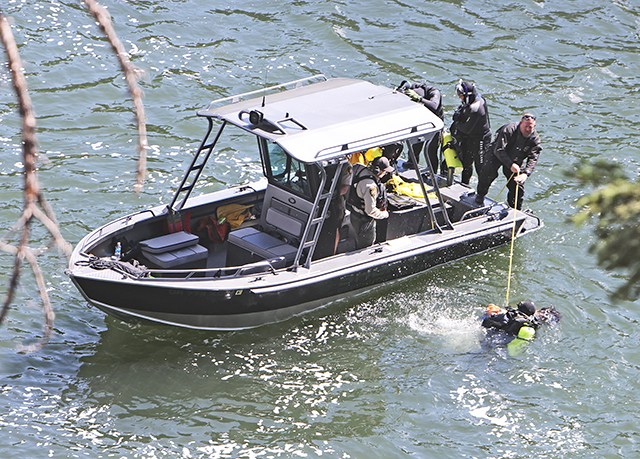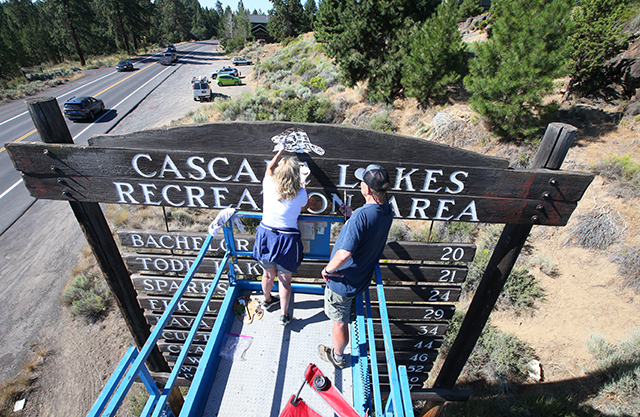Taste of trout: Water, diet affect flavor, wherever you catch ’em
Published 12:00 am Wednesday, April 2, 2014
BOISE, Idaho — Two trout sizzled in butter in the frying pan, turning a perfect light brown on each side. The fish were rolled in seasoned flour, and the aroma of the spices drifted throughout the kitchen.
It only took a few minutes before it was time for the taste test. You wouldn’t dare overcook your trout.
Trending
The dish looked like something out of a high-falutin’ restaurant with sides of broccoli and spuds.
Anyway, the big question was, would hatchery trout recently released in one of Boise’s ponds by Idaho Fish and Game and hooked on a Mepps spinner measure up in a taste test?
In went the fork. The fish was perfectly flaky and cooked just right.
Excellent. Perfect. Just like a trout dinner you’d get in a pricey restaurant.
I recently shot a video of the state agency stocking ponds, and it got me thinking about the taste of stocked trout.
Nothing beats fresh brookies caught in a small mountain creek, or cutthroats taken from an alpine lake where they’ve lived their whole life. The alpine lake trout are stocked when they are smaller than fingerlings and grow up in that wild environment.
Trending
Do they taste good because you cook them over a campfire? Probably, but where they grow up also counts a lot.
What about fresh hatchery trout from a city pond? Can they measure up to the taste of a trout that grew up in the wilds? Well, surprisingly, I found the hatchery trout taste really good.
Of course they were caught a few days after being stocked. They were fresh out of the hatchery.
The folks at Idaho Fish and Game say the taste is good because hatchery trout are raised on fish pellets made with fish meal, and they don’t usually get complaints from anglers.
Fish and Game guys told me that these catchable-size hatchery trout retain a good flavor because they’re usually caught fast. They don’t have a chance to take on a different flavor. Some trout that remain in ponds or reservoirs for longer periods may get an off-flavor late in the summer.
I remember once trying to cook a couple of lunker trout in the oven and the whole kitchen stank. The fish were caught from one of the canals in Boise in early fall. Those canal trout could have been called “trout ala canal slime.”
The other thing I got to wondering about while watching trout being stocked was how fast they would bite after being released. Try minutes.
But just because a pond gets a few hundred fish, don’t expect it to be like shooting fish in a barrel.
I went back to the pond a few days later and checked with anglers. It was as if the fish had disappeared.
Anything can put them down. It was during a recent rainy period. The barometer was probably going up and down like a fishing bobber.
The water temperature can also throw things off.
And what you’re using for fishing can make a difference, too.
I talked with a fly-fisherman who was stripping a dark-colored woolly bugger, and he couldn’t buy a trout.
They were taking spinners, but very infrequently.
However, a family using PowerBait was doing fairly well. PowerBait more closely resembles fish pellets, which the trout are used to.
Fish and Game personnel who help with the agency’s fishing-education trailer at local ponds say a garlic marshmallow and chunk of worm drifted just off the bottom of the pond is the best fishing method.
Go figure.







